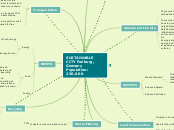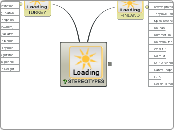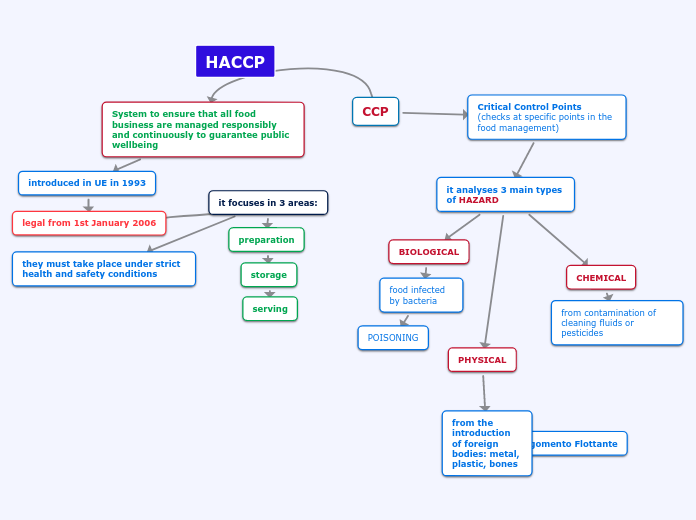по Elysia Vetricek 9 лет назад
1649
Sustainable City
Freiburg, Germany, with a population of 230,000, is renowned as one of the world’s greenest cities. The city emphasizes recycling, with mandatory participation from all residents and extensive facilities provided by public and private entities.









